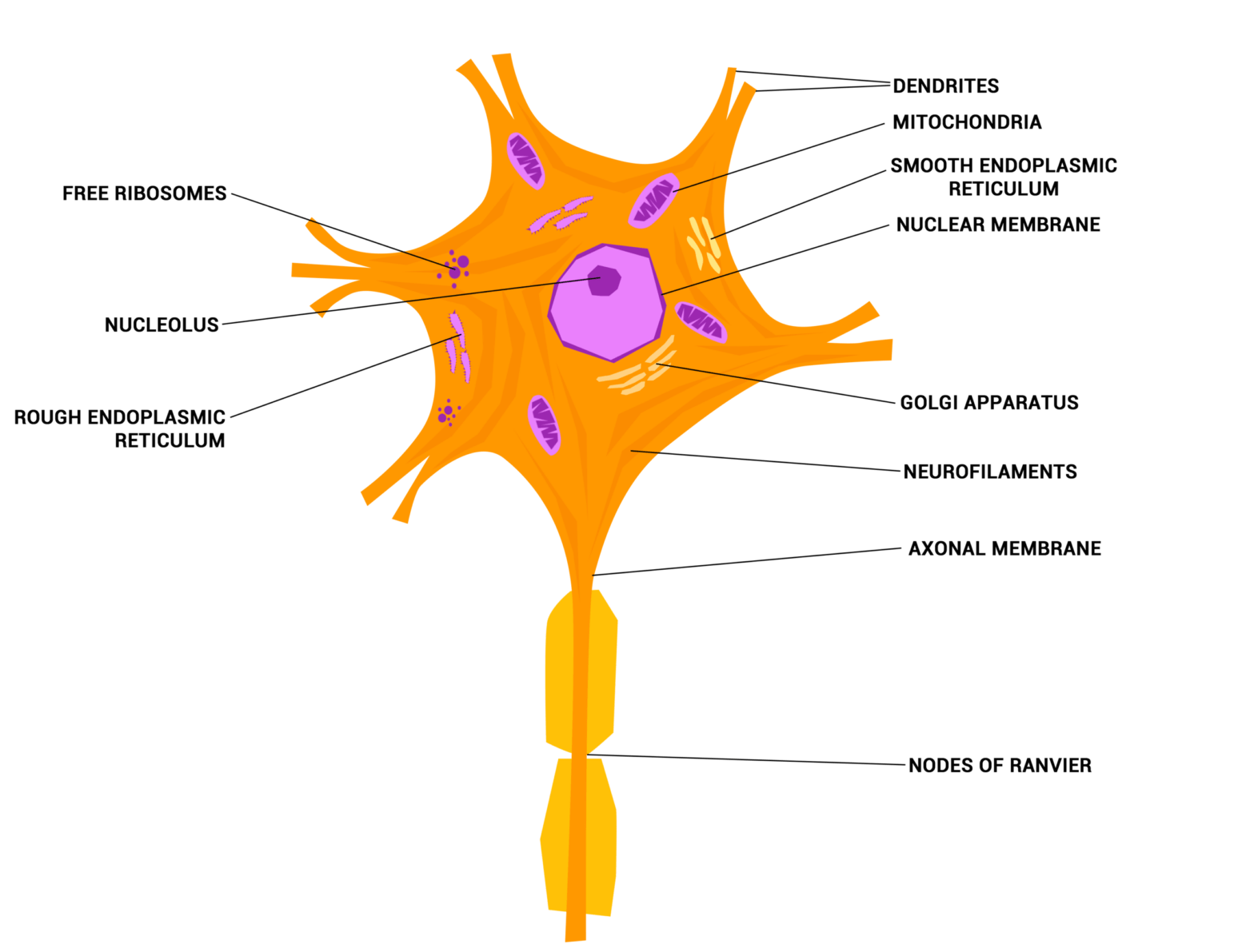The Electrical Symphony of Nerve Impulses: A Simple Explanation
Have you ever wondered how your brain sends messages to your body, allowing you to move, feel, and think? The answer lies in the fascinating world of nerve impulses. These electrical signals are the language of the nervous system, carrying information throughout your body at incredible speeds.
In this article, we’ll explore the simple process of nerve impulse conduction, from the generation of electrical charges to their transmission along nerve fibers.
Understanding Electrical Voltage in the Body
Before diving into nerve impulses, let’s discuss voltage. In the human body, voltage is a measure of the difference in electrical charge between two points. Just like a battery, our cells maintain a voltage difference, creating an electrical environment that is essential for nerve function.
The Role of Electrolytes
Electrolytes, or ions, are charged particles that play a crucial role in nerve impulse conduction. Sodium ions (Na+) and potassium ions (K+) are the primary electrolytes involved in this process. The concentration of these ions inside and outside nerve cells is carefully regulated, creating a voltage difference known as the resting membrane potential.
The Generation of a Nerve Impulse
When a nerve cell receives a stimulus, such as a touch or a change in temperature, it becomes depolarized. This means that the inside of the cell becomes less negative compared to the outside. When the depolarization reaches a certain threshold, a nerve impulse, or action potential, is generated.
The Propagation of a Nerve Impulse
Once an action potential is generated, it travels along the length of the nerve fiber. This process is known as propagation. As the action potential moves along the nerve fiber, it triggers the opening of voltage-gated sodium channels, allowing sodium ions to flood into the cell. This influx of sodium ions causes the inside of the cell to become more positive than the outside, creating a new action potential.
The Refractory Period
After an action potential has passed, a nerve fiber enters a refractory period. During this period, the nerve fiber is unable to generate another action potential, ensuring that the nerve impulse travels in one direction only.
Research Studies on Nerve Impulse Conduction
- The Hodgkin-Huxley Model: This groundbreaking research, conducted in the 1950s, provided a mathematical description of the action potential. The Hodgkin-Huxley model helped scientists understand the role of sodium and potassium ions in nerve impulse conduction.
- The Role of Myelin: Myelin is a fatty substance that surrounds and insulates nerve fibers. Research has shown that myelin significantly speeds up the propagation of nerve impulses.
- The Impact of Neurotransmitters: Neurotransmitters are chemical messengers that transmit signals between nerve cells. Studies have investigated the role of various neurotransmitters in regulating nerve impulse activity.
- The Effects of Disease on Nerve Impulse Conduction: Researchers have explored how diseases such as multiple sclerosis and Alzheimer’s disease can affect nerve impulse conduction.
- The Development of Nerve Impulses in the Brain: Scientists have studied the development of nerve impulses in the brain during early childhood and adolescence.
Conclusion
Nerve impulses are the electrical signals that allow our nervous system to function. By understanding the simple process of nerve impulse conduction, we can gain a deeper appreciation for the complexity and beauty of the human body.
From the generation of voltage to the propagation of action potentials, the electrical symphony of nerve impulses is a fascinating and essential aspect of our biology.
